|
|
|
|
|
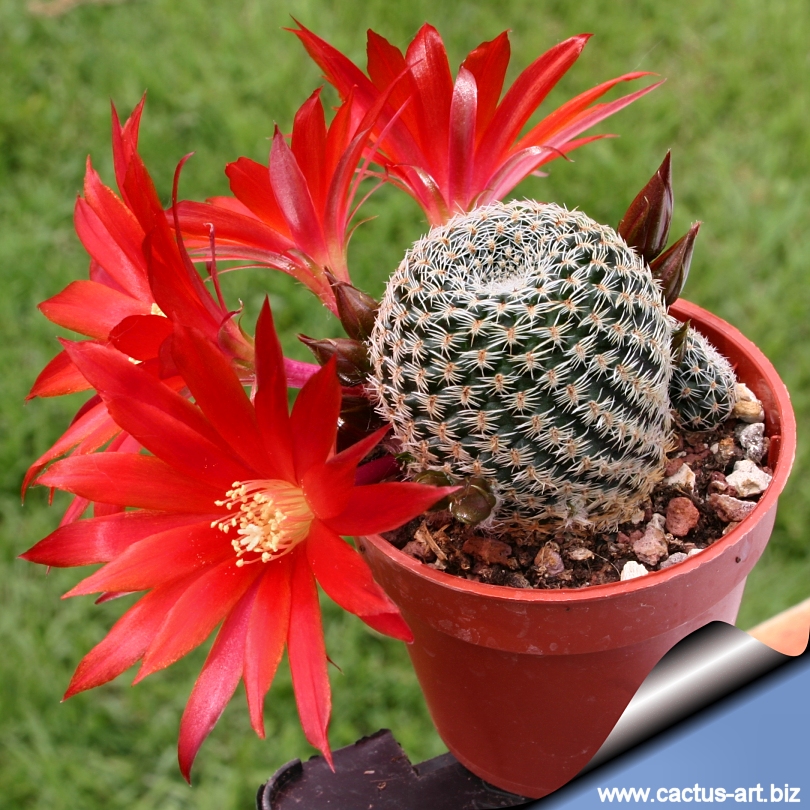
Rebutia heliosa var. cajasensis
Flowers profusely with large orange-red,
funnel-shaped, long -necked
blooms in
spring. This is one of the
most floriferous cactus.
|
|
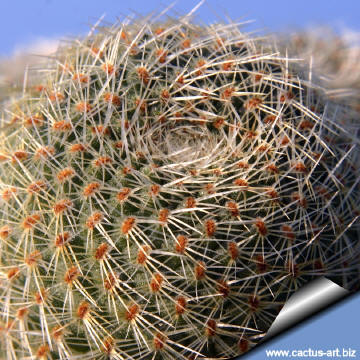
Silvery pectinated spines & brown
areoles make |
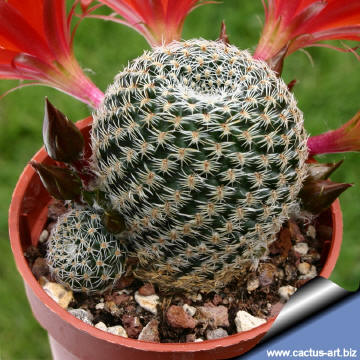
this plant very attractive even when not in
bloom.
|
|
. |
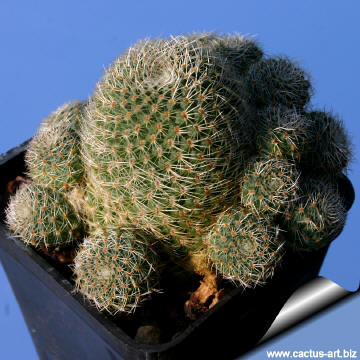 |
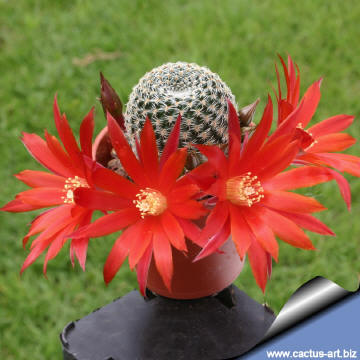 |
|
. |
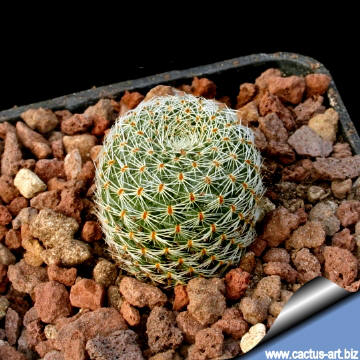 |
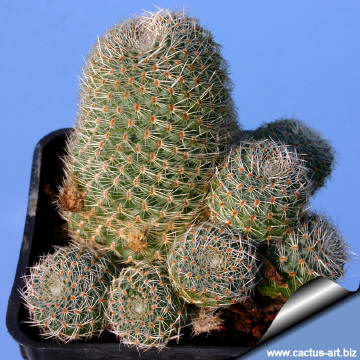 |
|


Advertising
|
|
|
|
Family:
Cactaceae (Cactus
Family)
Scientific Name:
Rebutia heliosa var. cajasensis
J.D.Donald 1980 (Unspecified)
Field numbers: L405, BB486.03, BB488.01, BB 89.01, SH405,
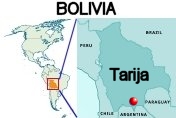 Distribution:
Cajas, Alto Cajas and
Yesera, Mendez,
Tarija, Bolivia. Distribution:
Cajas, Alto Cajas and
Yesera, Mendez,
Tarija, Bolivia.
Habitat: It grows in mountainous areas at an
altitude around 2500 m 2800 m over sea level
Conservation status: Listed in
CITES Appendix II
Etymology: The
genus name
"Rebutia
" is named in honour of
"Pierre Rebut", 19th century French cactus dealer and expert.
The
species name "heliosa"
derives from
the Greek "helios (ηλιος)”
which means
“the sun” in
allusion at the disposal of the spines
and the Latinizing
adjective suffix for noun “-osus" indicating plenitude or
notable development.
(
The specific name implies:
"of the sun").
|
|
Description:
Small
clumping cactus with fine silvery spines arranged on globes
so that it looks like
orbs covered with small, white spiders. It
readily forms a
clustering
mound.
The variety “Cajasensis”
specifically describes the population from the
Desfiladero de Cajas (altitude 2500 m) with orange-red or red flowers,
larger heads with silvery pectinated spines.
Some books state
that Rebutia heliosa v. cajasensis looks pretty much like
many of the forms of Rebutia heliosa v. condorensis but
lighter spined. Indeed, some books make both these varieties synonymous,
whereas.
Root: Tap root.
Stem:
Grey green, 2-3(-4) cm wide, rarely higher than 4 cm.
Ribs: Spiraling with very tiny tubercles.
Areoles :
Small,
with brown felt
and
elongated.
Spines:
only radials 2-4(-5) mm long,
silvery white,
pectinated, spider-like,
covering
almost completely the small stems
in a
spiral pattern.
Flower:
Large dark-orange to red,
funnel-shaped,
long -necked, 4 cm in diameter, 5 cm long.
Blossoming
time:
Profusely flowering in
spring.
(Rebutias
are
self-fertilizing
but
aylosteras
are not,
and the latter can be fooled by introducing foreign pollen and then
re-pollinating with its own pollen.)
|
|
|
|
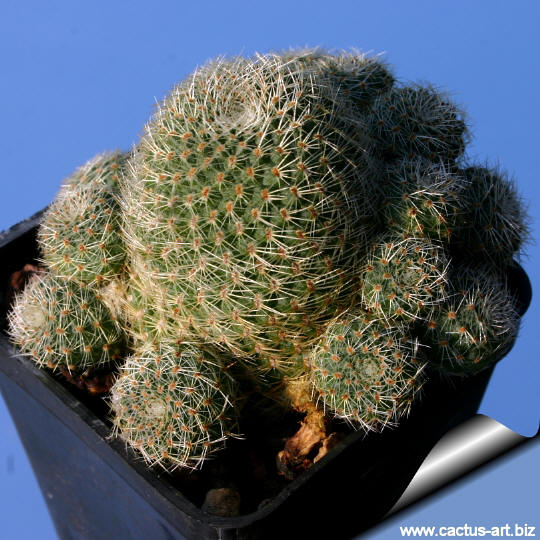
This is a very distinctive plant even without flowers. It is
particularly attractive, thanks to its tiny
silver-white pectinate spines and brown areoles.
Cultivation:
These plants come from
mountainous areas, so like bright light, cool and
dry conditions in the
winter; this is important for the
flowers as well as for their
health. Without this
cool winter period (0-10° C) they normally won't
get many
buds. They have a
thick
taproot and are of difficult cultivation and
rot prone because of a great
sensitivity to the
excess of watering, not easy to get to any large size on their own
roots really a challenge to grow into a large
clump. They are commonly
grafted to avoid root problems and to make easier to grow.
Sun Exposure: Suited for
sunny-brightly exposure; can tolerate
light shade.
Cultural Practices: Suited for
airy exposures. Needs deep pot and good
drainage to accommodate its
tap root.
It is very cold resistant as low as
to -10° C or less for short periods of time. It
is a fine plant for a rock garden or container, contrasts well with
agaves, yuccas, and low-growing flowering plants.
Pests &
diseases: R.
heliosa is especially
prone to root rot, therefore,
underpot in a smaller container filled with very
porous compost.
Propagation: Cutting as it branches freely from the base;
Also can be grown from seeds or graft.
Seeds can be sown in the spring or summer. The
seedlings should not be disturbed until they are well rooted,
after which they can be planted separately in small pots.
Photo of conspecific taxa,
varieties, forms and cultivars of Rebutia heliosa:
|
|